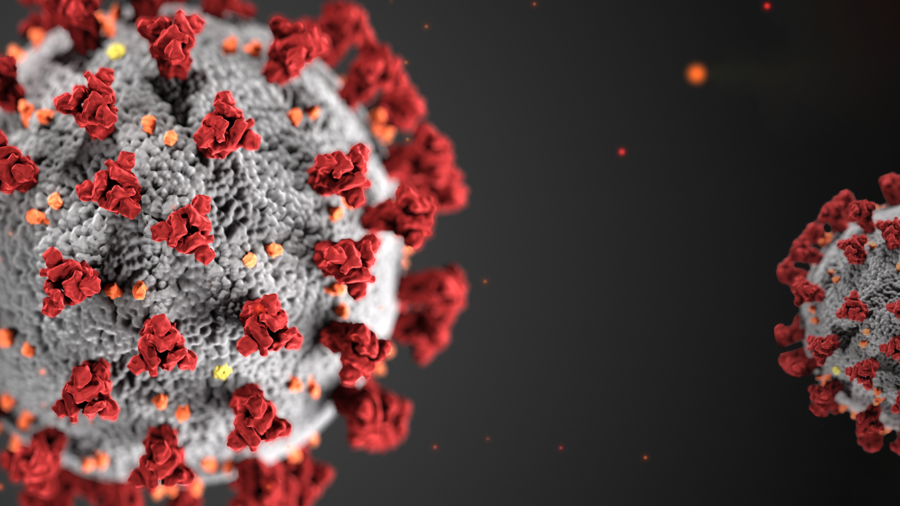ACE Member Institutions Lead the Way in Research and Technology to Fight COVID-19
As the COVID-19 pandemic continues, our member institutions have been contributing their expertise in research and technology to help mitigate the crisis. As ACE President Ted Mitchell wrote in The Hill, university research is key to COVID-19 breakthroughs and serving the public good. While most of the attention has focused on university labs working on vaccines, higher education’s involvement has reached into a number of other areas.
The lab initiatives are varied and diverse. The Centers for Disease Control and Prevention have joined forces with 75 other public health, academic, and commercial institutions, including the University of Washington, to study the COVID-19 genome and examine how the virus spread through the United States. The University of Iowa has made its large stock of laboratory-created antibodies, often used for cancer research, available for researchers trying to understand the coronavirus.
A number of ACE member institutions are looking into innovative ways to test for and treat COVID-19. Researchers in the University of California system and Stanford University are working to increase testing capacity, evaluate drugs such as remdesivir and sarilumab as potential treatments, and study the virus’ genetics. Thanks to an automated testing robot at UC Davis, the university is able to produce 400 test per day with hopes to increase to 1,400 daily tests. Tulane University has repurposed a research lab to instead test for coronavirus and is now able to process nearly 200 tests daily. And the University of California, Berkeley is among the hosts of an artificial intelligence research consortium accepting proposals on ways to combat the coronavirus.
“What we’d like to do here is to provide for a certain adventurousness. We won’t be afraid to have even a substantial fraction of the research projects fail,” said Shankar Sastry, a professor of engineering and computer science at UC Berkeley.
This research effort extends beyond the lab and into digital projects as well. A consortium of researchers from Stanford University and 11 other institutions have created N95decon.org, a website that helps filter the scientific literature on how to decontaminate and reuse N95 masks. Faculty at the University of Maryland, in collaboration with Facebook, have created a global survey to collect coronavirus data and help identify hard-hit regions and guide public health officials in their decision-making. A team of computer scientists at the University of Southern California (USC) has started work on a coronavirus contact-tracing app.
“This project is the culmination of many years of work, with many strands of research coming together to tackle a worldwide pandemic,” said Cyrus Shahabi, the chair of USC’s Department of Computer Science.
ACE Member institutions have also begun creating different technologies to address the spread of COVID-19. Doctors at Emory University have built a new online tool that helps people screen themselves for coronavirus symptoms and receive advice on next steps. Meanwhile, the online COVID-19 web tracker, designed by Johns Hopkins University researchers, has become an authoritative source for updates on coronavirus cases.
The personal protective equipment shortage has also led to some creative solutions. For example, a team of researchers at the University of Texas at Austin is currently prototyping a type of resuscitator that uses a windshield wiper motor instead of manual compression to help patients breathe. Likewise, two doctors at University of California, Irvine (UCI) have joined with the Beckman Laser Institute & Medical Clinic to build a “bridge” ventilator—a device that can be sold inexpensively, made quickly, and help relieve some of the pressure on intensive care units.
“It’s a once-in-a-generation call to arms that we all must respond to,” said UCI surgeon Brian Wong. “Our designs are different. We’re building ‘bridge’ devices that can be easily made to serve as stopgaps when medical-grade ventilators are not in full supply.”
Read the full ACE article.



